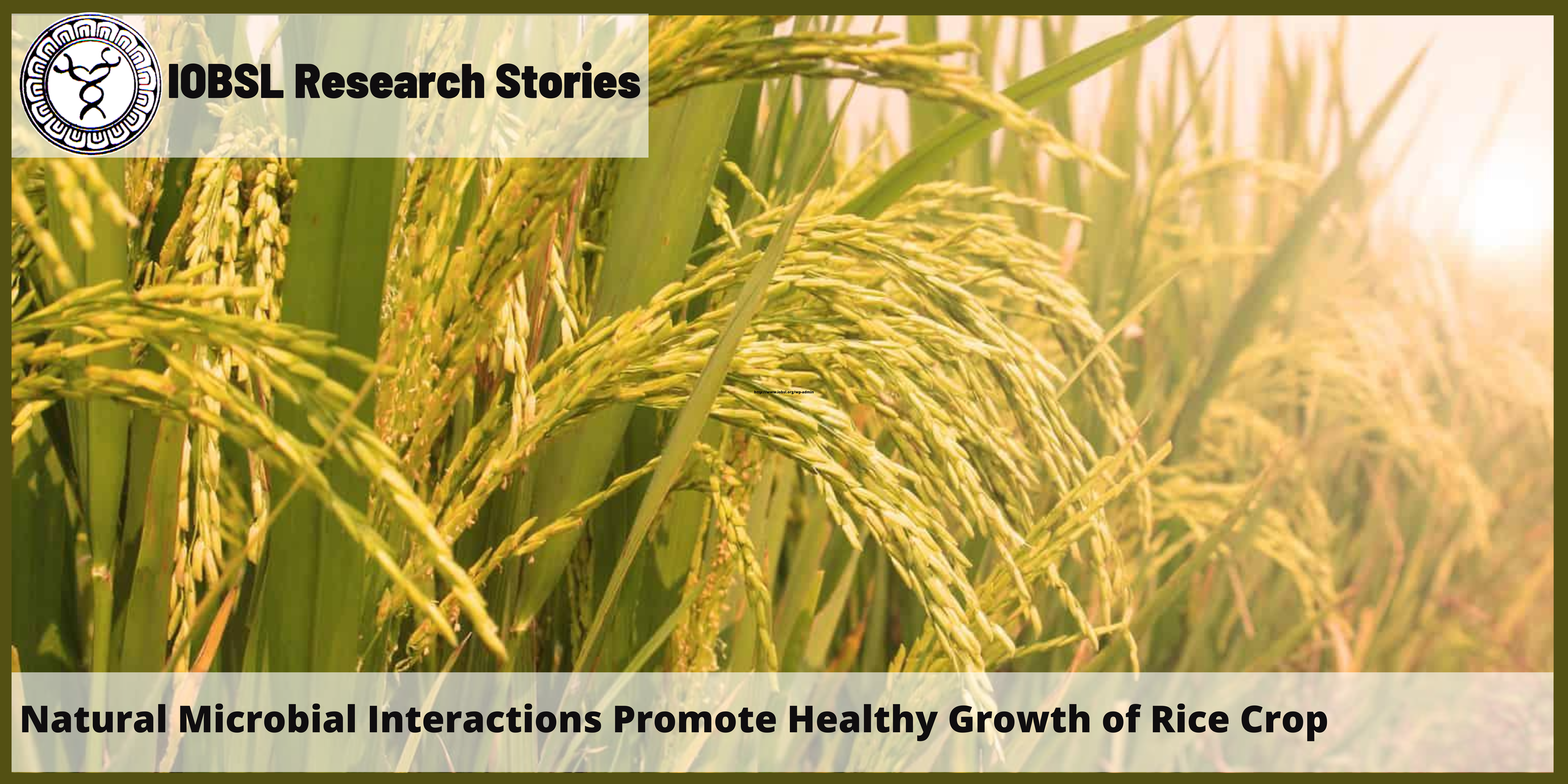Abundance of microbiota in the surrounding of a plant possesses great benefits to plants, including increased mobility of an important micronutrient, Iron (Fe). During research conducted using 3 varieties of rice with varying iron toxicity tolerance ability (BW 267-3 – tolerant, BW363 – moderately tolerant, and BW 272-6b – susceptible), it was discovered that in the presence of microorganisms in the root environment, the Fe uptake was at a higher level, yet the Fe concentration in plant tissues were maintained at a consistent level irrespective of the Fe levels in the growth medium. In contrast, in the absence of soil microorganisms, the Fe Iron toxicity is one of the problems faced by the farmers mainly in the Wet-Zone of Sri Lanka. Certain soil types such as acid sulphate soils, peat soils and acidic clay soils are rich in Fe and Fe bearing minerals and hence crops grown in such soils are more susceptible to adverse effects of excess Fe uptake. The critical concentration to occur Fe Toxicity has been regarded as 300 ppm in soil solution. However, the vulnerability of the crop to Fe toxicity depends on several factors such as growth stage of the crop, genotypic characters, plant-microbial interactions etc. The adverse effects of high concentration of Fe in soil on plants include oxidative stress in plants due to excessive uptake and imbalance of nutrient uptake, especially P, K, Ca, Mg, Zn and Mn.

Figure: Preparation of rhizotrons for studying oxidizing potential of rice roots (a) Placement of 42 days old rice plants in glass boxes; (b) Glass boxes filled with semisolid agar medium containing FeS (c) Clearing zone created (indicated by arrow) around roots of BW 267-3 variety after 24 h.
Plant-microbial interactions play a key role in Fe uptake by rice and the nature of such interactions seems to be different across rice varieties. Microbial activities in the root environment increased the availability of Fe2+ ions that can be absorbed by the plants. The reduction of Fe3+ into Fe2+ ions is greatly mediated by microbial interactions and past research suggest that Fe-reducing microorganisms are more abundant in rhizosphere than bulk soil. Soil microorganisms protect plants from Fe toxicity through several mechanisms such as supporting with nutrient scavenging and producing siderophores. Siderophores are low molecular weight molecules that can chelate Fe from soil. Thereby it is evident that microorganisms are capable of alleviating undesirable conditions and promote healthy plant growth through natural interactions with the plant and the surrounding environment.
References
Dandeniya, W.S., Wijerathna, Y.U.C., Palihakkara, P.D.B.J., and Mithrasena, Y.J.P.K. (2022). Soil Microorganisms Increase Mobility of Iron to Rice (Oryza sativa L.) Plants. Tropical Agricultural Research, 33(1): 29-39.
Story by

Shimani Umesha Attygalle
Associate Member – IOB

